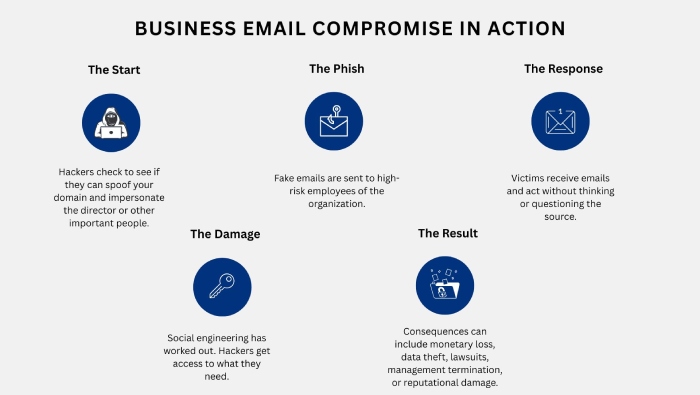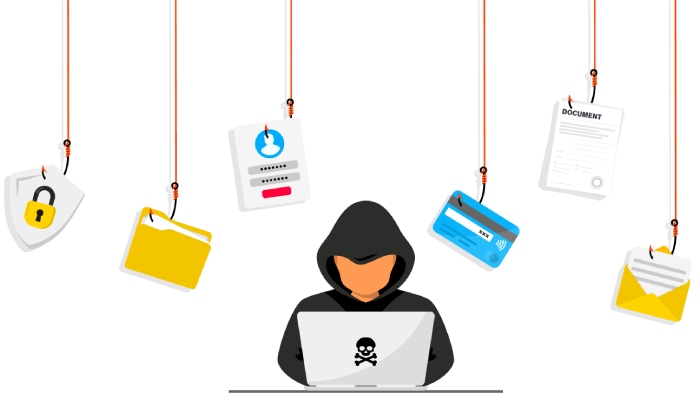What does a dangling DMARC record mean?
Not all DNS records are created equal; some can disrupt the entire email authentication ecosystem if left unattended.
Ever wondered what happens to a DMARC record that exists even after the domain it corresponds to expires, is abandoned, or is left unmanaged? Well, such a DMARC record is termed a dangling DMARC record, and this blog precisely talks about how its existence poses a security risk and how to detect it to prevent its abuse.
What is a dangling DMARC record?
A dangling DMARC record refers to a valid DMARC record with a policy published in DNS for a domain that no longer sends emails or isn’t actively managed. DMARC records usually remain in the DNS even after the sending infrastructure is dismantled or the domain is abandoned; the domain owner or administrator must manually remove them.
Please note that a dangling DMARC record and a broken DMARC record are two different things. Some people use them interchangeably, which is wrong. A broken DMARC record means that the DMARC record published in your DNS is either invalid, malformed, or misconfigured, so it cannot be properly interpreted by receiving mail servers. Whereas, a dangling DMARC record is technically valid, but no longer in use.
Why are dangling DMARC records a security risk?
A dangling DNS record is dangerous to your email infrastructure because:
It’s an open invitation for subdomain abuse
Even if a primary domain is inactive, its subdomains remain exposed to cyberattacks, especially if they are configured to inherit the primary domain’s DMARC policy. Attackers can exploit these subdomains to send spoofed emails that appear legitimate because the parent domain’s DMARC policy is still considered active.
If the domain doesn’t have a properly set up SPF or DKIM record and its DMARC policy is not set to p=reject, it serves as a readymade platter to cyberactors. They can send phishing emails from that domain, which will bypass filters and reach the inboxes of targeted recipients.
This type of abuse is particularly dangerous in business email compromise (BEC) scenarios, where trust in the domain name is crucial.
It’s a signal for attack surface discovery
Some threat actors routinely scan DNS zones for misconfigured and legacy DNS records. When attackers encounter a dangling DMARC record, it tells them, “This domain used to send emails and might still have systems connected to it—but no one’s really watching over it now.” This makes it an easy target.
This provides them with a perfect platform to impersonate reputable companies and attempt phishing attacks in their names.
Detection and prevention!
To avoid the risks associated with dangling DMARC records, it’s essential to incorporate regular DNS hygiene audits into your email security routine. Use tools like MXToolbox to identify outdated or unnecessary DNS records associated with domains you no longer use. And when you’re ready to retire a domain, don’t just let it go—first remove all associated authentication records like DMARC, SPF, and DKIM. This ensures that attackers can’t misuse your abandoned domain for spoofing or phishing purposes.



